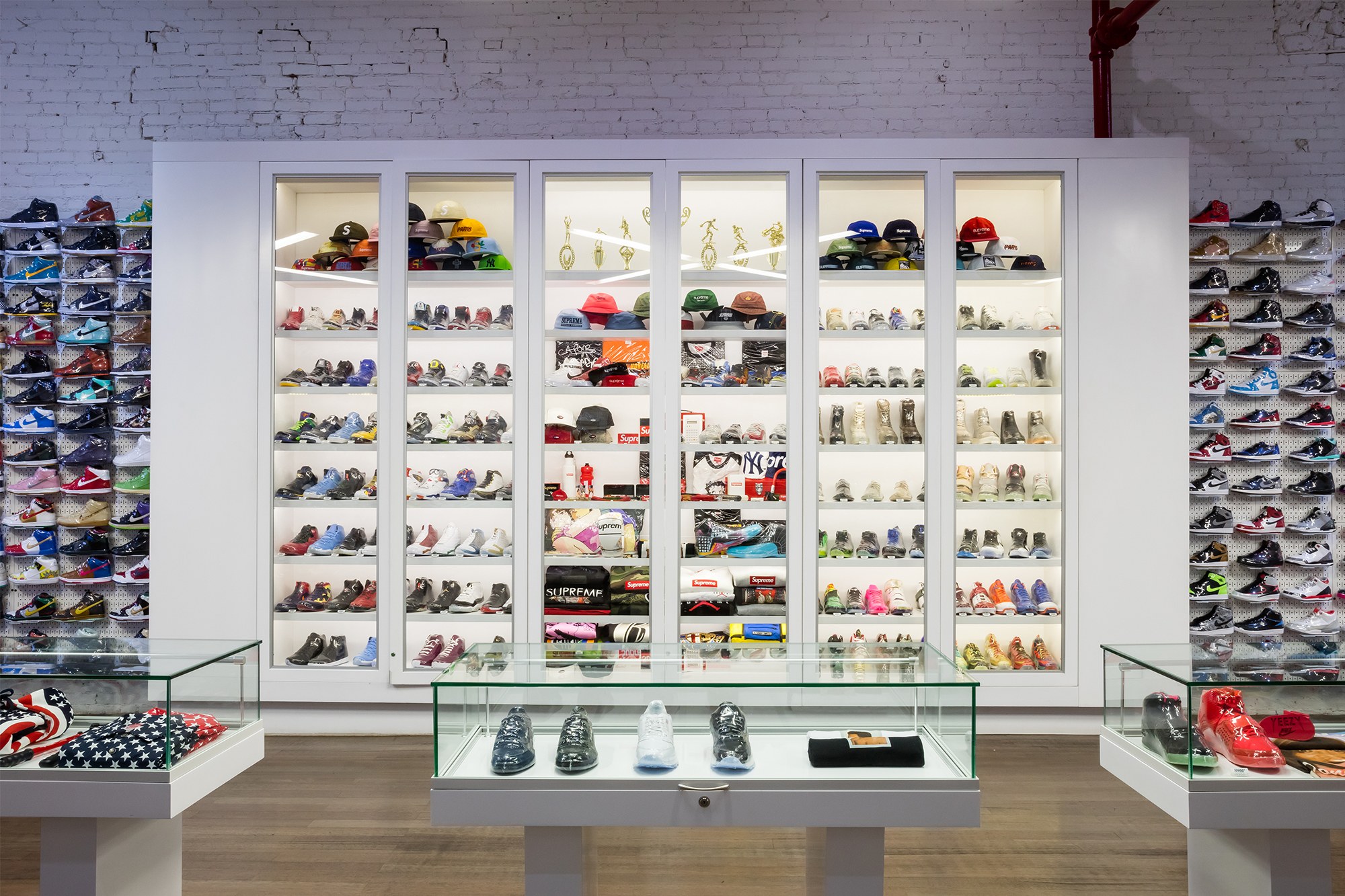FARFETCH ACQUIRED STADIUM GOODS FOR USD 250 MILLION
©GQ
Farfetch announced that it is acquiring sneaker and streetwear marketplace Stadium Goods in a deal that values the business at USD 250 million. The London-based fashion e-commerce platform is aiming to extend its reach in the growing luxury sneakers and streetwear market, as millennials account for a growing percentage of luxury sales and competitors are engaged in a digital land grab.
Stadium Goods opened in New York in 2015, reselling limited edition sneakers to a growing market of collectors ready and eager to pay thousands of dollars for rare pairs. The business raised USD 4.6 million in January 2017 in a Series A funding round led by Forerunner Ventures and in February 2018, LVMH bought an undisclosed minority stake. Most of Stadium Goods’ sales happen online, and the marketplace has already partnered with larger digital retailers including Amazon, eBay, Zalando and Alibaba to scale its access to sneakerheads. Last year, the company turned over USD 100 million in gross merchandise volume and competes directly with other streetwear-focused platforms StockX, K’LEKT, Grailed and GOAT.
Farfetch first partnered with Stadium Goods on a distribution deal in April of 2018, bringing a small selection of products sold on Stadium Goods to the Farfetch platform. Farfetch founder and chief executive Jose Neves said that while his marketplace has built a following around high-end streetwear, “we did not have access to the rare sneakers, to the premium limited editions in the secondary market” that Stadium Goods Offers. “[Sneakers] are growing faster than other categories and we see the same on Farfetch,” added Neves.
The world's largest fashion e-commerce players, including Farfetch, MatchesFashion and Richemont’s Yoox Net-a-Porter, are locked in a race to add new services and technologies through investments, acquisitions and internal research and development in order to stay ahead of the pack, generate higher margins and become the go-to platform for consumers and brands.
“Consumers want access to certain products and brands, sometimes they are available on the primary market, sometimes on the secondary market. In my conversations with brands, they increasingly see that the secondary market, which is authenticated, and promotes a sustainable circular market is valuable for [them] and creates more desire,” says Neves. “It is a win-win for both consumer brands and marketplaces.”
